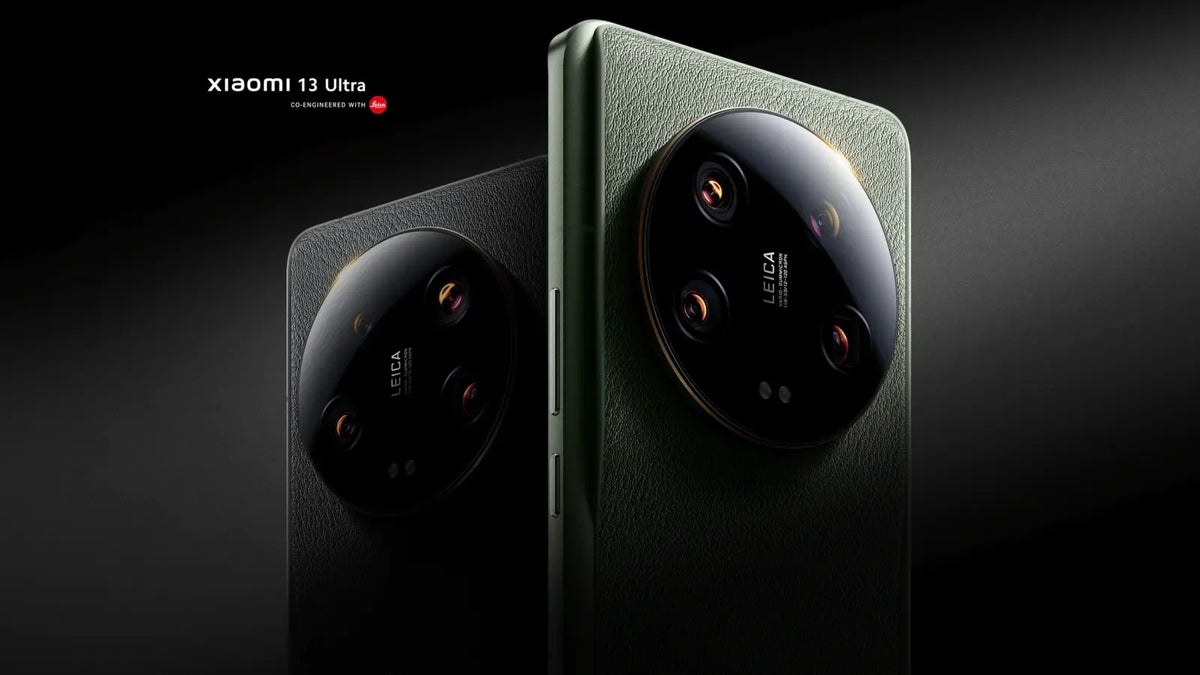Europe is welcoming the Xiaomi 13 Ultra super-flagship with open arms and empty pockets

What do you do when your smartphone sales figures are not what they used to be in a region as large, important, and competitive as Europe? If you're Xiaomi, you apparently bring your latest ultra-high-end model to the old continent at a recommended price of €1,500.
If that feels a little steep, it's probably because... well, it is, even compared to the most recent expectations and hints dropped by various European retailers ahead of the global expansion of the China-first Xiaomi 13 Ultra flagship.

Compared to something like the Galaxy S23 Ultra, which many consider to be the overall best Android phone available today, €1,500 also seems a tad excessive (at the very least), and there's obviously no reason for us to convert that number into US dollars.
That's because the Xiaomi 13 Ultra will almost certainly never reach North American shores (or the UK), and because Samsung's latest flagship currently starts at well under €1,500 in a bunch of key European markets. But to be fair, that's with "only" 8GB RAM and 256GB internal storage space, while the Xiaomi 13 Ultra is up for grabs on the old continent in a single 12GB/512GB configuration.
That's... a lot of gigs for a lot of phone, and it's of course only the beginning of a beautifully advanced spec sheet. We're talking about a spec sheet that includes everything from a state-of-the-art Snapdragon 8 Gen 2 processor to a "professional-grade" 6.73-inch AMOLED display with 120Hz refresh rate support, a resolution of 3200 x 1440 pixels, and a peak brightness of 2600 nits, as well as a 5,000mAh battery capable of charging wirelessly at 50W speeds while going up to 90W when plugged in the good old fashioned way.
But the main claim to fame of this pull-out-all-the-stops beast has to be the rear-facing camera setup, which is comprised of four, count'em, four different 50MP sensors. The first one is obviously the biggest and most important of the bunch, with a 1-inch size and variable aperture technology, while the other three are of the ultra-wide-angle, telephoto, and "super-telephoto" varieties, with each one boasting Leica engineering and ultimately coming together to promise a mobile imaging experience like nothing else on the market today.

Is that enough to justify the €1,500 price point? Perhaps, and even more so when you also consider the "second generation nano-tech material" used to achieve the decidedly unique look of the Xiaomi 13 Ultra's back cover. But will the company achieve mainstream success at a time when more and more consumers are looking to pay less and less for new phones with respectable if not groundbreaking capabilities? That seems doubtful.
Follow us on Google News














Things that are NOT allowed:
To help keep our community safe and free from spam, we apply temporary limits to newly created accounts: